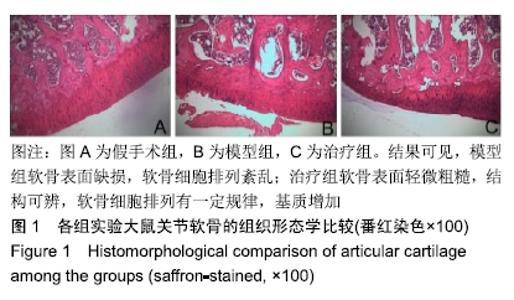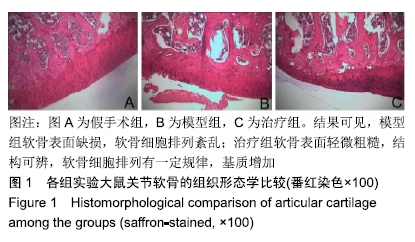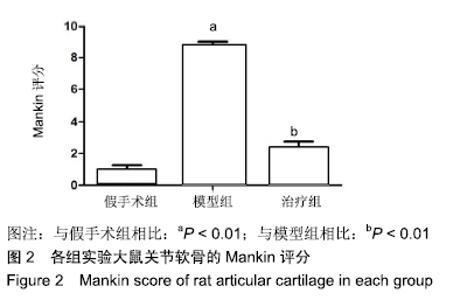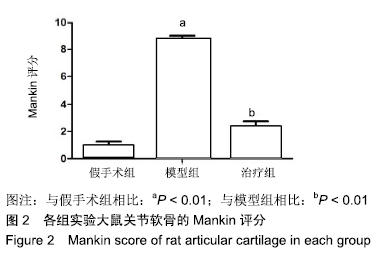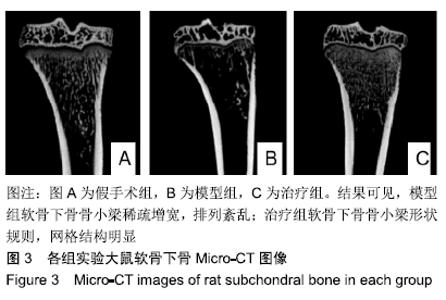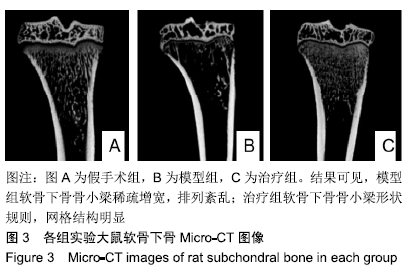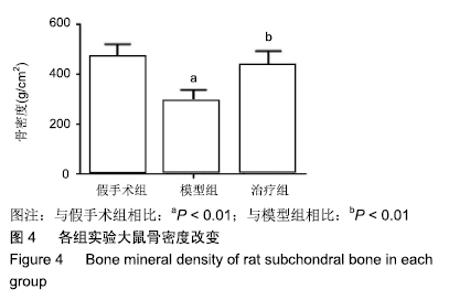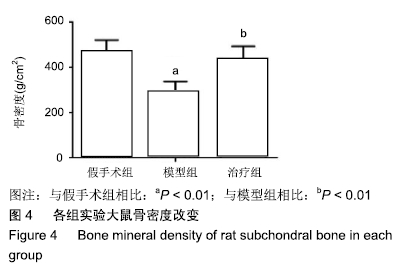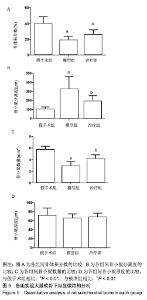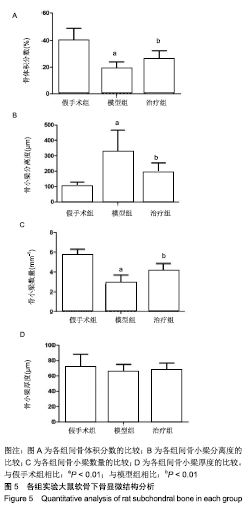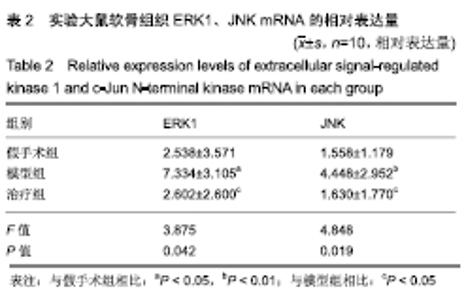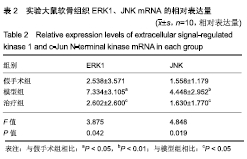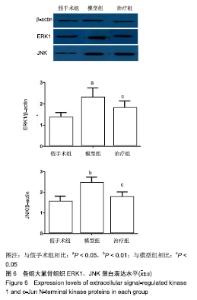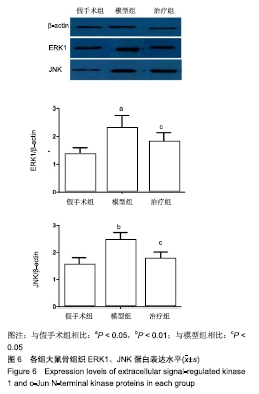[1] LIU SH, DRIBAN JB, EATON CB, et al. Objectively measured physical activity and symptoms change in knee osteoarthritis.Am J Med.2016; 129(5):497-505.
[2] XU T, WANG SF, ZHAN SY, et al.The prevalence of symptomatic knee osteoarthritis in China results from the China health and retirement longitudinal study.Arthritis Rheumatol.2016;68(3):648-653.
[3] COLLINS JA, BEUTEL BG, STRAUSS E, et al. Bone marrow edema: chronic bone marrow lesions of the knee and the association with osteoarthritis.Bull Hosp Jt Dis.2016;74(1):24-36.
[4] KYOUNG MIN LEE, CHIN YOUB CHUNG, KI HYUK SUNG, et al.Risk Factors for Osteoarthritis and Contributing Factors to Current Arthritic Pain in South Korean Older Adults.Yonsei Med J,2015,26(1):124-131.
[5] MADRY H, KON E, CONDELLO V, et al.Early osteoarthritis of the knee.Knee Surg Sport Tra.2016;24(6):1753-1762.
[6] XING RL, ZHAO LR, WANG PM. Bisphosphonates therapy for osteoarthritis: a meta-analysis of randomized controlled trials. SpringerPlus.2016,5(1):1704.
[7] WEN ZH, TANG CC, CHANG YC, et al. Calcitonin attenuates cartilage degeneration and nociception in an experimental rat model of osteoarthritis: role of TGF-β in chondrocytes.Sci Rep.2016;6:28862
[8] BURR DB, Gallant MA.Bone remodelling in osteoarthritis.Nat Rev Rheumatol.2012;8(11):665-673.
[9] ZHOU J, ZHONG PR, LIAO Y, et al. Electroacupuncture ameliorates subchondral bone deterioration and inhibits cartilage degeneration in ovariectomised rats.Acupunct Med.2018;36(1):37-43.
[10] MCGRORY B,WEBER K,LYNOTT JA,et al.The American Academy of Orthopaedic Surgeons evidence-based clinical practice guideline onsurgical management of osteoarthritis of the knee.J Bone Joint Surg Am.2016;98(8):688-692.
[11] KADERLI S, VIGUIER E, WATRELOT-VIRIEUX D, et al. Efficacy study of two novel hyaluronic acid-based formulations for viscosupplementation therapy in an early osteoarthrosic rabbit model.Eur J Pharm Biopharm. 2015;96:338-395.
[12] IIJIMA H, AOYAMA T, ITO A, et al.Immature articular cartilage and subchondral bone covered by menisci are potentially susceptive to mechanical load.BMC Musculoskel Dis.2014;26(15):101-113.
[13] STUPINA TA, STEPANOV MA, TEPLEN'KII MP. Role of subchondral bone in the restoration of articular cartilage. Bull Exp Biol Med.2015; 158(6): 820 -823.
[14] MITROFAN LM, AURIOLA S, MONKKONEN H, et al. Assessment of bisphosphonate activity in vitro.Curr Pharm Des.2010;16(27): 2970-2980.
[15] 程潭,张柳,李震,等.阿仑膦酸钠对兔膝骨关节炎关节软骨及软骨下骨保护的作用[J].中国老年学杂志,2010,30(24):3695-3698.
[16] DRIBAN JB, TASSINARI A, LO GH, et al. Bone marrow lesions are associated with altered trabecular morphometry.Osteoarthr Cartilage. 2012;20(12):1519-1526.
[17] 李能,廖瑛,廖源,等.伊班膦酸钠对大鼠膝骨关节炎关节软骨及软骨下骨的影响[J].中国骨质疏松杂志,2017,23(1):88-93.
[18] CHEN S, FU PL, CONG RJ, et al.Srategies to minimize hypertrophy in catilage engineering and regeneration.Genes Dis.2015;2(1):76-95.
[19] WANG Z, GUO A, MA L, et al.Docosahexenoic acid treatment ameliorates cartilage degeneration via a p38 MAPK-dependent mechanism.Int J Mol Med.2016;37(6):1542-1550.
[20] GUO Y, MIN Z, JIANG C, et al. Downregulation of HS6ST2 by miR-23b-3p enhances matrix degradation through p38 MAPK pathway in osteoarthritis.Cell Death Dis.2018;9(6):699.
[21] PRASADAM I, FRIIS T, SHI W, et al.Osteoarthritic cartilage chondrocytes alter subchondral bone osteoblast differentiation via MAPK signalling pathway involving ERK1/2.Bone.2010;46(1):226-235.
[22] ROSENZWEIG DH,QUINN TM,HAGLUND L,et al.Low-frequency high-magnitude mechanical strain of articular chondrocytes ac-tivates p38 MAPK and induces phenotypic changes associated with osteoarthritis and pain.Int J Mol Sci.2014;15(8):14427-14441.
[23] ARTHUR JS, LEY SC. Mitogen-activated protein kinases in innate immunity. Nat Rev Immunol.2013;13(9): 679-692.
[24] ZHANG Y,PIZZUTE T,PEI M.A review of crosstalk between mapk and Wnt signals and its impact on cartilage regeneration.Cell Tissue Res. 2014; 358(3):633-649.
|
